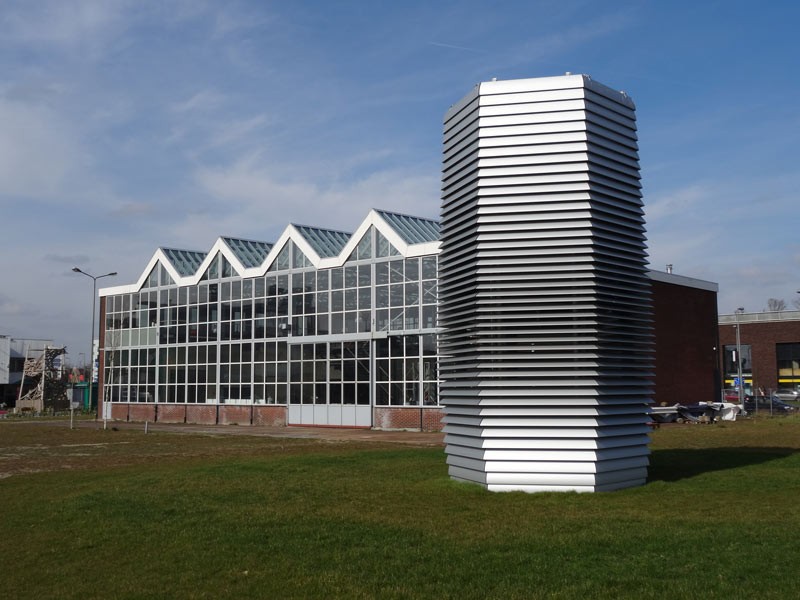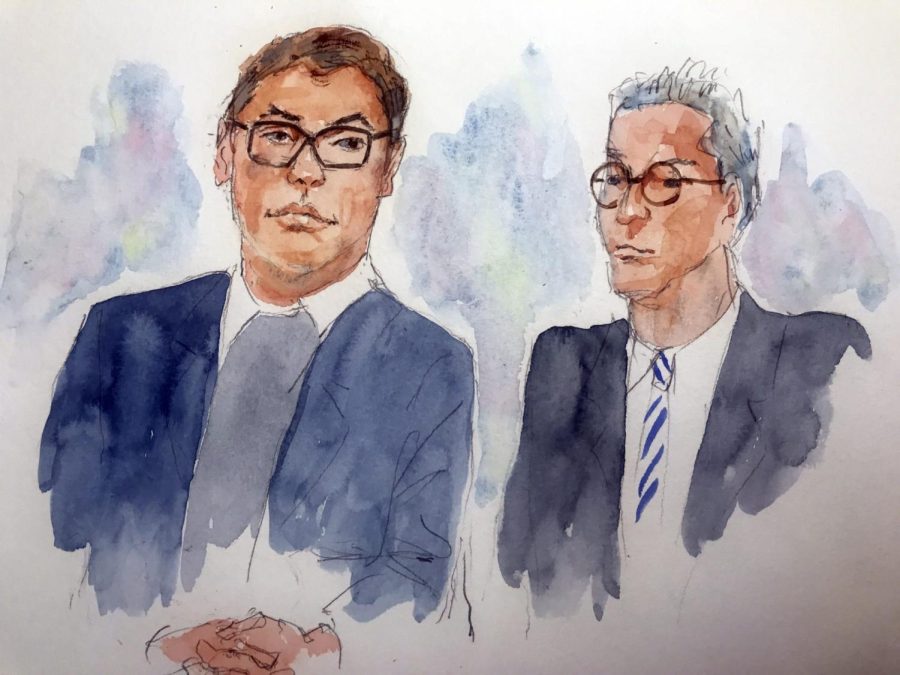
There’s something in the air in Chicago. No, it’s not the warm weather, the outdoor restaurants or the great starts that both baseball teams have so far. It’s air pollution, and it’s impacting cities throughout the United States and the rest of the world.
According to the American Lung Association’s (ALA) 2016 State of the Air Report, 52.1 percent of people in the United States live in counties that have unhealthy levels of either ozone or particulate pollution.
“Primary sources (of air pollution), especially in an urban environment, are cars, trucks and buses. You can get air pollution from just the tires dragging on the road.” Mark Potosnak, a professor of environmental science at DePaul, said. “Other sources are construction, factories and industrial sources. Luckily in Chicago, in the city itself, we’ve closed down our final coal-burning power plant.”
Air pollution is a problem throughout the world, and while closing down power plants in Chicago has worked for the city thus far, a Dutch designer, Daan Roosegaarde, is hoping to create a smog-eating tower to clean the air in urban environments.
Roosegaarde crowd-funded on Kickstarter to raise more than $129,000 (€113,153) for the tower, which he and his design team in the Netherlands built and launched in Rotterdam. They are planning on bringing their creation to Beijing this summer, which has an “unhealthy” level of air pollution, according to the Embassy of the United States in Beijing.
While inventions like this are admirable in their goal of helping the environment, Potosnak believes that they can’t take the place of measures already in place including the closing of power plants and creation of more eco-friendly cars.
“Overall, I think anything like that is a band-aid,” Potosnak said. “Just as a general principle, usually it’s a much better idea to attack the source.”
Instead, Potosnak recommends fighting air quality through the end of using fossil fuels.
“A lot of air quality problems are caused from burning fossil fuels,” Potosnak said. “Fossil fuels are responsible for climate change. So, if we seek out alternative sources of energy, like wind and solar, not only do we win on climate, we also win on air quality.”
Preventing climate change is something that DePaul junior Adriana Kemper, an environmental studies major, is also passionate about. She uses her position as the Executive Vice President for Operations in DePaul’s Student Government Association (SGA) to help bring awareness about environmental issues and make changes at DePaul.
Popular changes on campus within recent years include the water bottle refilling stations and solar panel charging stations on the quad, but one of the biggest implementations towards a more eco-friendly campus this year has been changing the lighting on campus from fluorescent bulbs to LED lights and motion sensor lights.
“They’re continuously updating different light fixtures to LED lights or motion sensor lights so that you don’t have lights on in areas that are not being occupied,” Kemper said.
“This is stuff that sits behind closed doors, and you don’t really get to see it or notice it, but it makes a big impact,” Potosnak said.
Although Roosegaarde’s invention might not be the most effective method in eliminating air pollution, it is a step in the right direction — steps, according to Potosnak and Kemper, that need to continue to be taken.
“We have made some very nice strides forward, but we have a lot farther to go,” Potosnak said. “We can do better. We can become more energy efficient. We’ve done good stuff, but we have to keep moving forward.”







